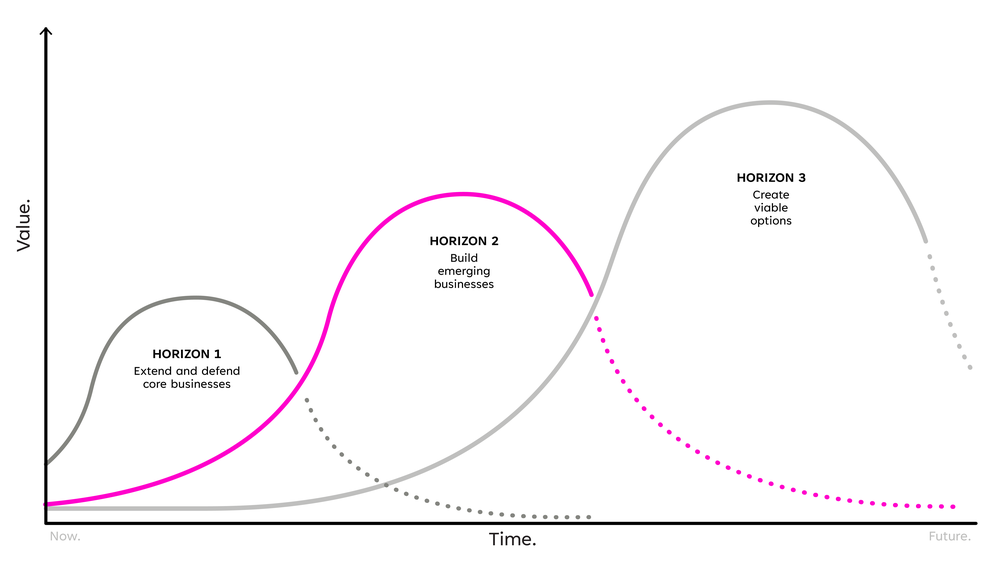Strategize for success with the horizons model.
Navigating business growth can be challenging, but the Horizons Model offers a strategic framework to achieve sustainable success. Explore how to leverage this model to expand your market reach, enhance profitability, and ensure scalability. Discover actionable insights and proven strategies to drive innovation across three key horizons, from optimizing current operations to pioneering future business opportunities. Join us in transforming your growth journey with a robust, future-focused approach.


